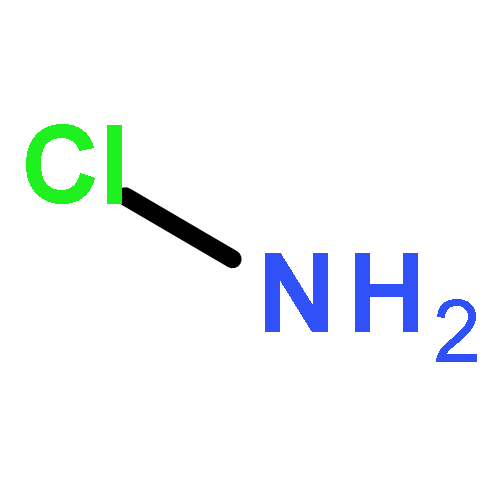Co-reporter: Eric J. Daiber, David M. DeMarini, Sridevi A. Ravuri, Hannah K. Liberatore, Amy A. Cuthbertson, Alexis Thompson-Klemish, Jonathan D. Byer, Judith E. Schmid, Mehrnaz Z. Afifi, Ernest R. Blatchley III, and Susan D. Richardson
pp: 6652-6662
Publication Date(Web):April 28, 2016
DOI: 10.1021/acs.est.6b00808
Pools and spas are enjoyed throughout the world for exercise and relaxation. However, there are no previous studies on mutagenicity of disinfected spa (hot tub) waters or comprehensive identification of disinfection byproducts (DBPs) formed in spas. Using 28 water samples from seven sites, we report the first integrated mutagenicity and comprehensive analytical chemistry of spas treated with chlorine, bromine, or ozone, along with pools treated with these same disinfectants. Gas chromatography (GC) with high-resolution mass spectrometry, membrane-introduction mass spectrometry, and GC-electron capture detection were used to comprehensively identify and quantify DBPs and other contaminants. Mutagenicity was assessed by the Salmonella mutagenicity assay. More than 100 DBPs were identified, including a new class of DBPs, bromoimidazoles. Organic extracts of brominated pool/spa waters were 1.8× more mutagenic than chlorinated ones; spa waters were 1.7× more mutagenic than pools. Pool and spa samples were 2.4 and 4.1× more mutagenic, respectively, than corresponding tap waters. The concentration of the sum of 21 DBPs measured quantitatively increased from finished to tap to pool to spa; and mutagenic potency increased from finished/tap to pools to spas. Mutagenic potencies of samples from a chlorinated site correlated best with brominated haloacetic acid concentrations (Br-HAAs) (r = 0.98) and nitrogen-containing DBPs (N-DBPs) (r = 0.97) and the least with Br-trihalomethanes (r = 0.29) and Br–N-DBPs (r = 0.04). The mutagenic potencies of samples from a brominated site correlated best (r = 0.82) with the concentrations of the nine HAAs, Br-HAAs, and Br-DBPs. Human use increased significantly the DBP concentrations and mutagenic potencies for most pools and spas. These data provide evidence that human precursors can increase mutagenic potencies of pools and spas and that this increase is associated with increased DBP concentrations.
